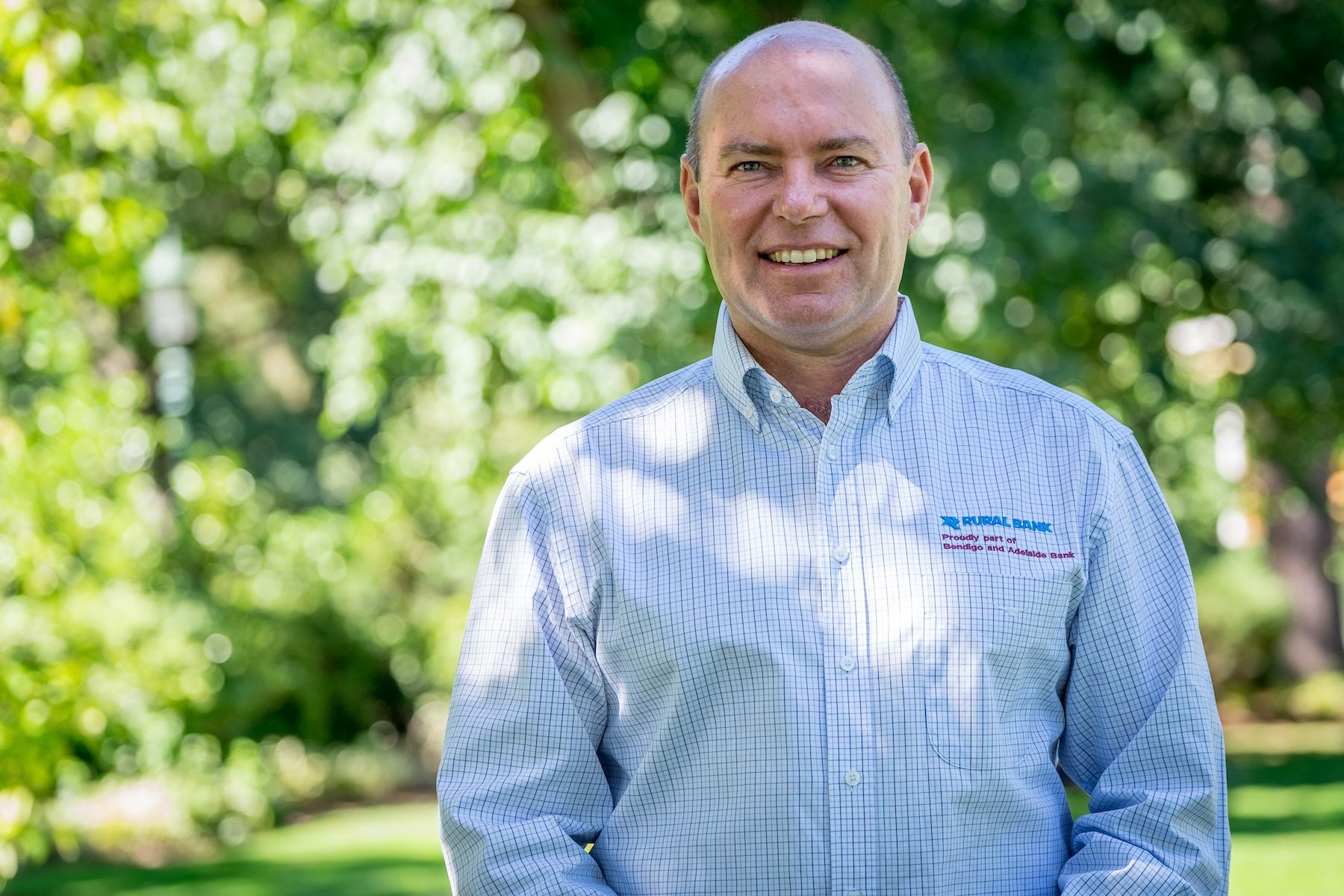CSIRO's Ag2050 report is an outlook for productive, resilient and sustainable landscape farming systems. Pic: Supplied.
A new report by the CSIRO has found farm profits could drop by half in some areas by 2050 if producers fail to innovate.
The Ag2050 Scenarios Report, led by CSIRO with support from the Australian Department of Agriculture, Fisheries and Forestry (DAFF), consulted over 100 industry stakeholders to highlight the key challenges facing Australian agriculture and warned there was an urgent need for accelerated agricultural innovation to ensure productive, resilient, and sustainable farming systems.
Dr Katherine Wynn, CSIRO Futures’ Agriculture and Food Leader said the decline in farm profitability over the last two decades is a stark warning sign, with “projections indicating decline by up to 50 per cent in some areas by 2050."
The report found farm profits had already dropped 23 per cent for some producers in the past two decades.
The report was released on the same day that Rural Bank released its climate assessment that also raised concerns about farm profitability.
"Impacts for primary producers and rural communities include lost profitability for Australian farms, reduced water availability and elevated heat stress affecting land use for crops," the banks Climate Report said.
Rural Bank concluded that the following factors from global warming were a concern for producers.
Likelihood of more exotic/overseas pest incursions
Heat stress for livestock systems impacting animal welfare, reproduction and production
More frequent storms and heavy rainfall leading to worsening erosion of grazing land or
loss of livestock from flooding
Elevated risk of bushfires by 30% or more in south-eastern Australia
Risk of more days over 35°C threshold for working outdoors
Increasing risk that temperatures rise too early/too high for the crop, damaging its growth sequence especially at flowering
Impacts from declining rainfall and more frequent droughts for south-eastern and southwestern Australia
Declining river flows leading to reduced water availability for irrigated agriculture and increased water prices
"Changes to Australia’s climate will vary regionally. The amount of change could potentially have very large economic and geopolitical impacts and warrants greater understanding to aid decision-making based on best available information," said Andrew Smith of Rural Bank.
“Planning to improve the productivity and climate resilience of a property can lead to greater understanding of the farm as a business. We see this process - and actively planning to reduce greenhouse gas emissions - as ultimately leading to a better business overall.”
READ MORE: 5 takeaways from Rural Bank's climate report
CSIRO Futures' Agriculture and Food lead Katherine Wynn said the Ag2050 Scenarios Report should serve as a call to action for Australian agriculture.
"Our research offers an optimistic outlook and indicates Australia can achieve productive, sustainable and resilient farming systems if we act now," Dr Wynn said.
Dr Wynn stated, "Australia can achieve productive, sustainable and resilient farming systems if we act now to facilitate long-term transformative change in agricultural innovation.”
The report explored a range of significant trends, risks, opportunities, and actions needed to support Australian farming systems in the future, producing four evidence-based future scenarios to predict what Australian farming systems could look like by 2050.
The four scenarios were ranked from 1 (best) to 4 (worst).
“The four scenarios are designed to prompt collaborative conversations among industry, researchers, and other stakeholders to envision, deliberate, and plan strategic actions for the future of farming we aspire to achieve,” Dr Wynn said.
Dr Rose Roche, CSIRO’s Ag2050 Lead, highlighted the work CSIRO is doing to support the agricultural sector through the program.
"We're actively collaborating with industry stakeholders to tailor these scenarios to local and regional contexts."
One of the those stakeholders will be the banking sector, where 144 banks, representing 41% of global finance have signed up to the global Net Zero Banking Alliance. The alliance is tasked with achieving "credible science-based net zero targets for 2030 or sooner that deliver value for their investors, clients, and customers."

Andrew Smith, Rural Bank Head of Development, Business & Agribusiness
While Rural Bank, a division of Bendigo and Adelaide Bank, is not a signatory, the big four banks plus and Macquarie are. Business funding is likely to be significantly impacted by the ability to report on sustainability goals.
“There are no penalties for delaying a business decision to take up carbon farming opportunities, but there may be commercial disadvantages for businesses not reporting on their greenhouse gas emissions when asked - and taking steps to minimise them.
“Rural Bank is committed to continuing to support strategic business decision-making across the range of issues in the farming landscape, including addressing the impacts of climate change, understanding market access barriers associated with emissions quantification and the opportunities that carbon farming presents,” Mr Smith concluded
The Ag2050 Scenarios Report represents the first phase in a CSIRO’s Ag2050 program. The program is a multi-year initiative to foster a productive, resilient, and sustainable future for Australian agriculture.
Subscribe to our weekly newsletter and monthly cattle, sheep, and machinery round-ups.